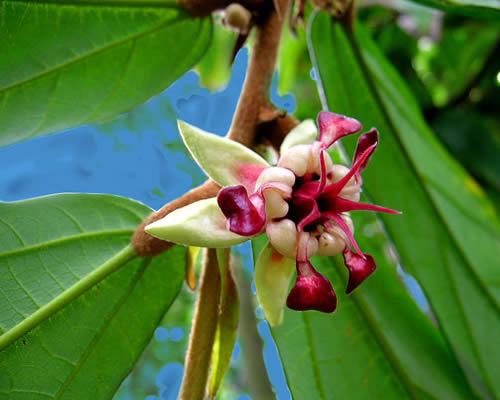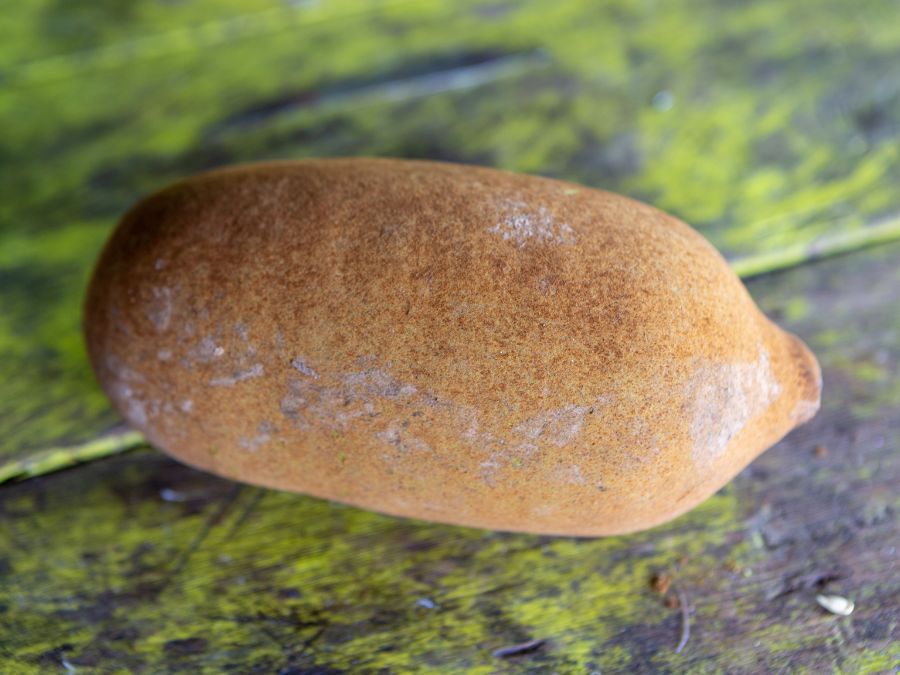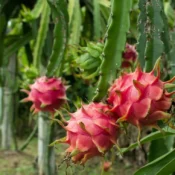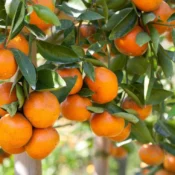
Question: Dear all, I live in a city with a mountain climate that varies between 25 to 30 degrees on average, and I have a cupuassu tree that’s flowering profusely but hasn’t borne any fruit for a year now. I’ve applied NPK 4-14-10 fertilizer and have been watering it adequately, but I’m not sure what to do next. I kindly ask for suggestions. Thank you – Noilson Barros
Answer: Dear Noilson, I believe the issue with your cupuassu tree lies in its lack of a partner. The cupuassu tree (Theobroma grandiflorum) is a cross-pollination species. In other words, it requires pollen from another cupuassu tree, which should not be a clone (such as those grown from cuttings or air layering). Therefore, consider planting a new cupuassu tree on your property, ensuring it comes from a different source than the first tree. Fruits will only develop when both trees bloom and exchange pollen. In this scenario, both plants will bear fruits.
For now, to address the issue, you can try collecting pollen from a distant tree and manually pollinate your plant using a soft brush. The use of bees can also be beneficial, as they can travel up to 8 km in search of flowers. If there’s a cupuassu tree within this distance, the chances of successful pollination will increase.
Growing and Caring for Cupuassu Trees: Tips for a Fruitful Harvest

Are you enchanted by the idea of nurturing your very own cupuassu tree, adorned with its exotic flowers and delectable fruits? Cultivating a cupuassu tree (Theobroma grandiflorum) can be a rewarding endeavor, but it requires careful attention to its unique needs. Whether you’re a seasoned gardener or just starting your journey, here are essential insights to ensure your cupuassu tree thrives and bears plentiful fruits.
- Choose the Right Location:
Cupuassu trees thrive in tropical climates, favoring warm temperatures and high humidity. Select a sunny spot with well-draining soil to provide the tree with the optimal conditions for growth. Ensure protection from strong winds, as cupuassu trees have large, delicate leaves. - Soil Preparation and Planting:
Prepare the planting hole with a mix of compost and well-rotted organic matter. This enhances soil fertility and drainage, promoting healthy root development. When planting, ensure the graft union is above the soil line. - Cross-Pollination Importance:
As mentioned earlier, cupuassu trees require cross-pollination for fruit production. Plant at least two trees to increase the chances of successful pollination. If space is limited, consider asking neighbors to plant cupuassu trees to encourage natural pollination by bees. - Watering and Fertilization:
Young cupuassu trees need consistent watering to establish strong roots. Once mature, they can withstand short periods of drought. Apply balanced fertilizers with a higher potassium content to encourage flowering and fruiting. Organic options are also beneficial. - Pruning and Training:
Regular pruning helps maintain a balanced and manageable canopy. Remove dead or overcrowded branches to improve air circulation and prevent disease. Training young trees with proper shaping can lead to better fruit-bearing branches. - Pest and Disease Management:
Keep a vigilant eye for pests like aphids, mealybugs, and mites. Regularly inspect the leaves for signs of infestation, and if necessary, treat with organic insecticidal soap or neem oil. Proper spacing and good airflow can also mitigate disease risks. - Hand Pollination Techniques:
To address cross-pollination challenges, hand pollination can be an effective solution. Collect pollen from a different cupuassu tree using a soft brush, then gently transfer it to the stigma of the flower on the target tree. This encourages fertilization and fruit development. - Patience and Care:
Cupuassu trees typically take a few years to mature and start bearing fruits. Patience is key during this phase. Continue providing adequate care, and your tree will reward you with a bountiful harvest of the unique cupuassu fruits, renowned for their creamy, aromatic pulp.
By following these guidelines, you can create an environment that fosters the growth and fruition of your cupuassu tree. From selecting the right location to mastering pollination techniques, your efforts will yield a thriving tree that delights you with its striking appearance and delectable fruits.
Remember, nurturing a cupuassu tree is not just about gardening; it’s a journey that connects you with the beauty of nature and the joy of nurturing life.





